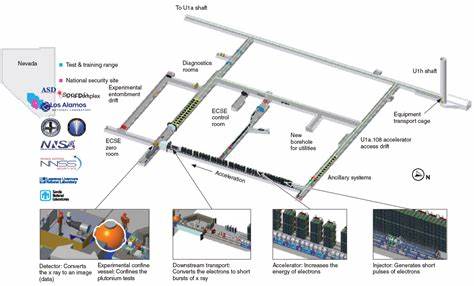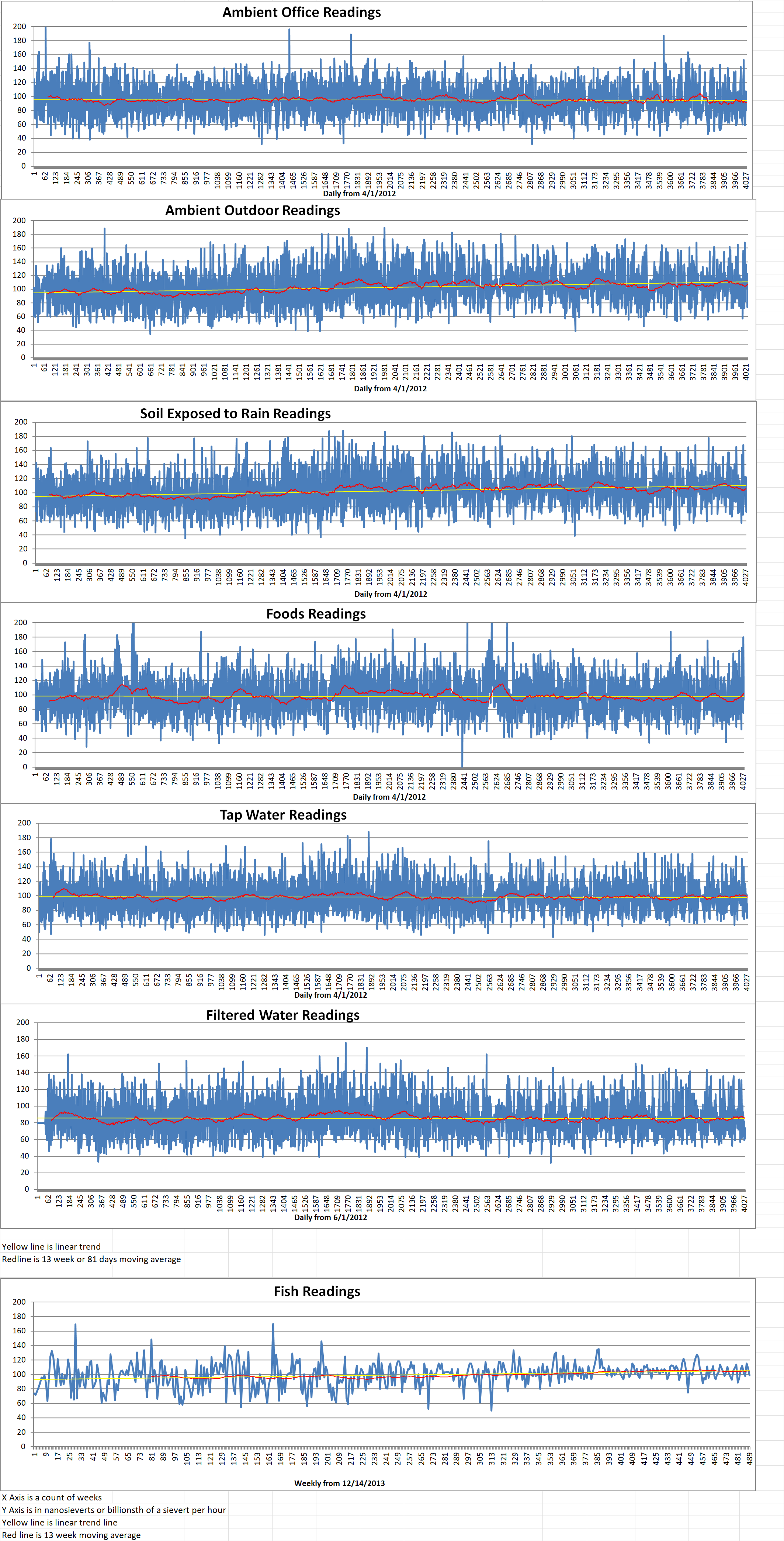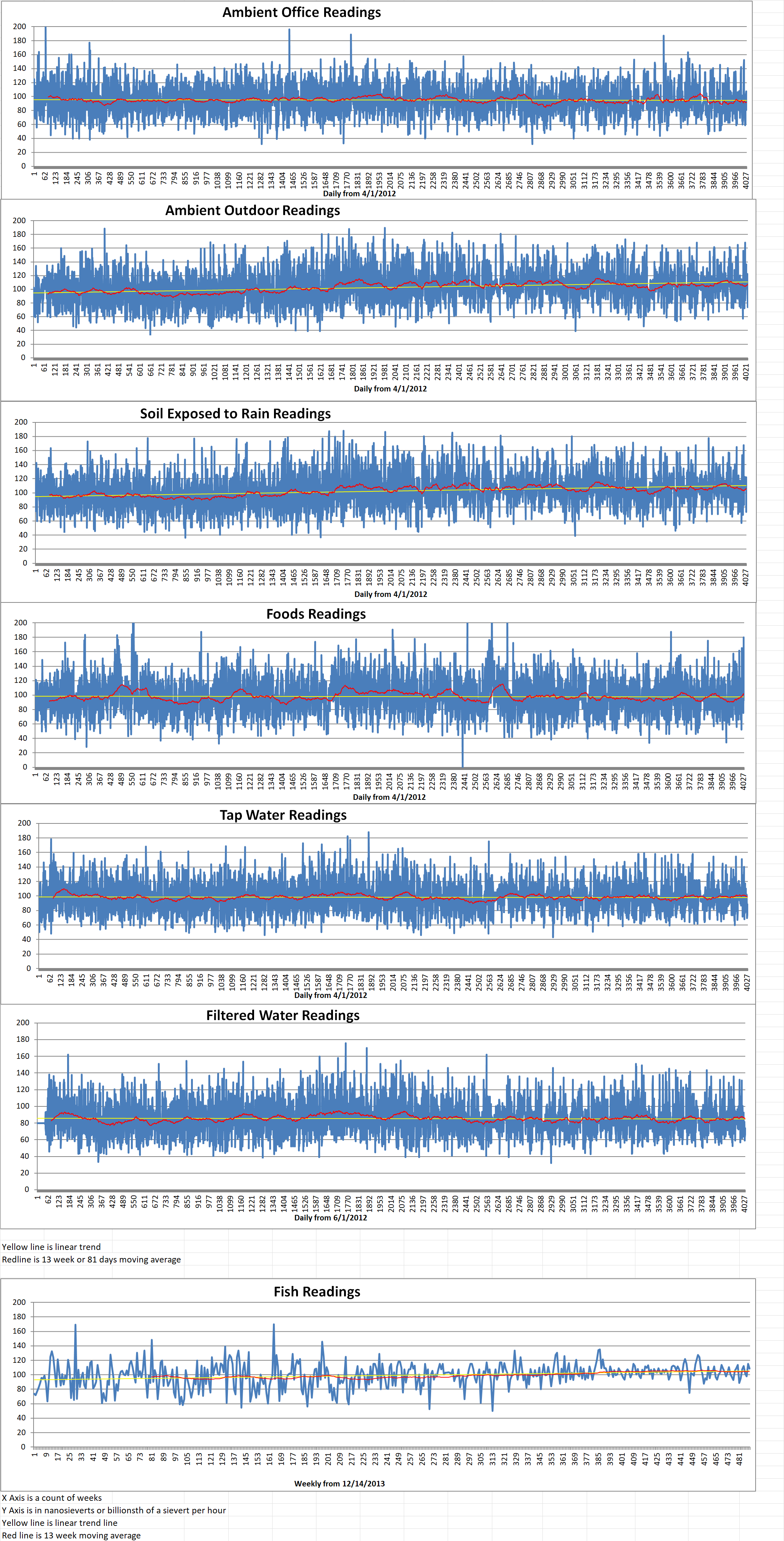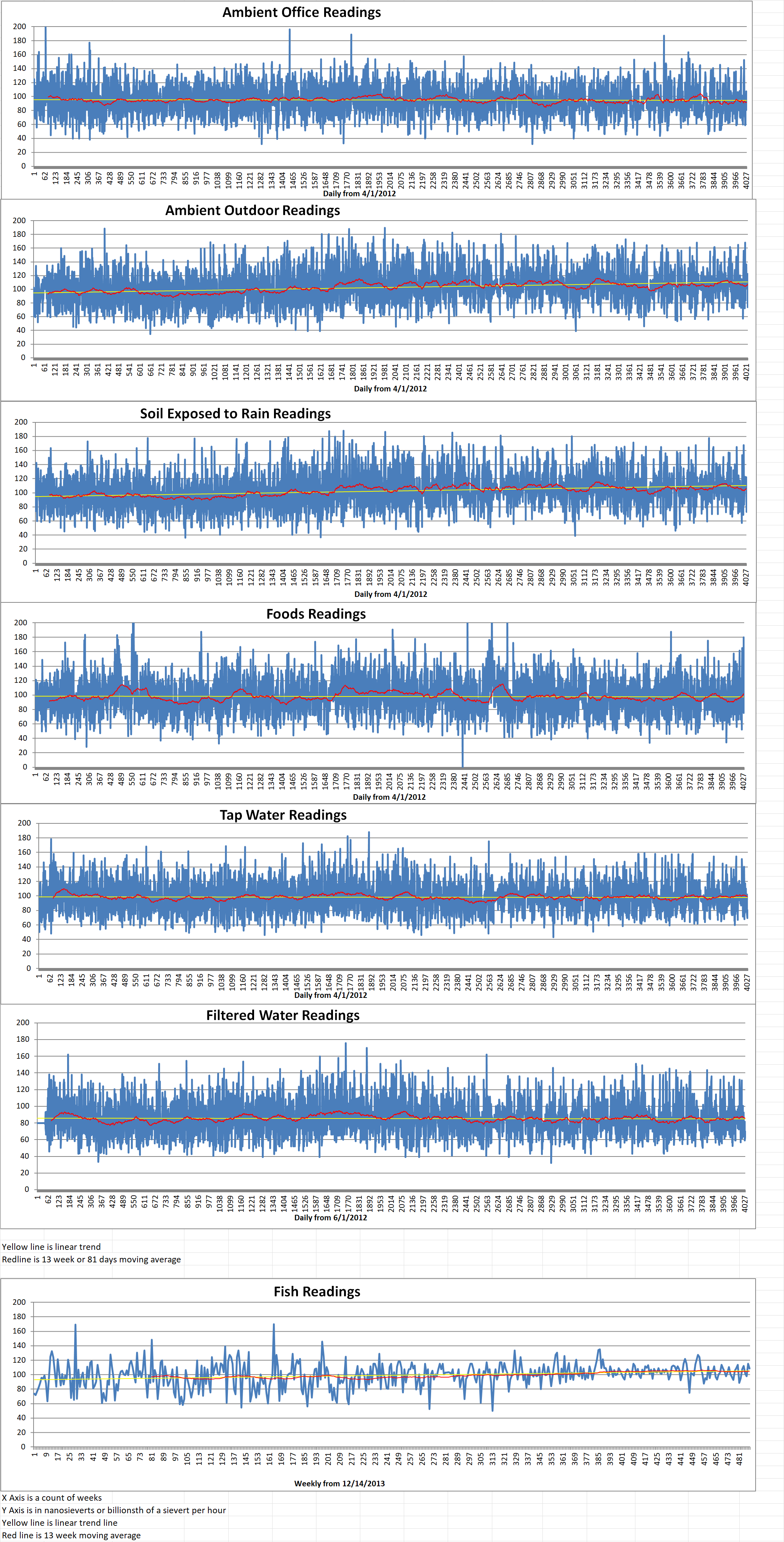Part 1 of 2 Parts
Below the Nevada desert, a machine called Scorpius is being constructed that will utilize high explosives to crush plutonium to states that exist just before a nuclear explosion. The goal of the U.S. two-billion-dollar project is to scan this plutonium with X-rays to help check the accuracy of supercomputer models designed to predict whether the U.S. aging nuclear arsenal will work.
In the first fifty years of the U.S. nuclear weapons program, scientists tested whether the nuclear bombs worked by actually detonating them. In 1992, President George H.W. Bush signed into law a moratorium on nuclear tests.
Currently, supercomputer models are used to predict whether U.S. nuclear weapons might work. However, the accuracy of the models remains uncertain. Scientists do use data from actual explosives for these models. However, these surrogate materials possess significant differences from the plutonium typically used to make nuclear weapons. This raises the question of exactly how well these models simulate real nuclear explosions.
Jon Custer is a technical manager at Sandia National Laboratories in Albuquerque, New Mexico. He said, “Plutonium is a strange element, displaying six different crystal structures between room temperature and melting, at normal pressure, and a seventh phase at slightly elevated pressure. Three of these crystal structures are unique to plutonium. This means that there is no surrogate material that will truly mimic plutonium behavior.”
Nuclear bombs use high explosives to force weapons-grade plutonium or uranium-235 to implode. This triggers a catastrophic nuclear chain reaction. Scorpius is designed to create nanosecond-long X-ray images of plutonium as it compresses the plutonium or uranium with high explosives. Scorpius took its name from Scorpius X-1 which is the brightest extrasolar X-ray source. The name also reflects its subterranean location where desert scorpions burrow underground.
The goal of Scorpius is to help give supercomputer models the accurate data that they require to ascertain whether they are generating realistic simulation of nuclear-weapon behavior. The device is expected to be operational by late 2027. It is under construction a thousand feet beneath the Nevada National Security Site which is a test area bigger than the state of Rhode Island.
Jon Custer is the lead scientist for Scandia’s part of Scorpius. He said, “We will understand the performance and reliability of the nuclear stockpile, a critical part of our national security.” Scorpius is a joint project of the Sandia, Los Alamos, and Lawrence Livermore national laboratories, as well as the Nevada National Security Site.)
Scorpius is specifically designed to “tickle the dragon’s tail” according to Custer. The explosives are designed to bring plutonium to a highly compressed, hot state, but not beyond the critical point at which it would explode.
Custer said, “The conditions in an implosion, even before nuclear yield, are unfathomable to humans. Well before the device would go critical, the temperature inside is well above the surface of the sun, and the pressure is approaching that of the core of the sun. So while we think the models we use are really, really good across such huge changes, we need to test just how good they are. Scorpius allows us to image the real thing. While Scorpius will image late-time behavior, the subcritical experiments are not physically able to assemble into a critical configuration.” Custer also said that there is a long history of experiments bringing plutonium to “subcritical” conditions.
Please read Part 2 next
Blog
-

Nuclear Weapons 834 – U.S. National Laboratories Are Building A Machine Called Scorpius To Help Improve Computer Models Of Nuclear Materials – Part 1 of 2 Parts
-
Nuclear News Roundup October 16, 2023
2 workers at Fukushima plant hospitalized after accidentally getting sprayed with radioactive waste apnews.com
Westinghouse moving to Etna to develop transportable nuclear battery cbsnews.com
Russia says it thwarted a Ukrainian drone attack near its Kursk nuclear plant france24.com
Russian drone debris downed power lines near a Ukraine nuclear plant. A new winter barrage is likely apnews.com
-

Geiger Readings for October 16, 2023
Ambient office = 76 nanosieverts per hour
Ambient outside = 80 nanosieverts per hour
Soil exposed to rain water = 73 nanosieverts per hour
Mini cucumber from Central Market = 108 nanosieverts per hour
Tap water = 100 nanosieverts per hour
Filter water = 84 nanosieverts per hour
-
Nuclear News Roundup October 15, 2023
Blasts Damage Windows at Ukraine’s Khmelnytskyi Nuclear Plant usnews.com
Russia conducts military exercises after revocation of nuclear test ban treaty jurist.org
Turns Out We Came Closer Than We Knew to a Nuclear-Armed South Africa esquire.com
Russia Says It Has Rehearsed Nuclear Retaliation Strike themessenger.com
-

Geiger Readings for October 15, 2023
Ambient office = 93 nanosieverts per hour
Ambient outside = 113 nanosieverts per hour
Soil exposed to rain water = 111 nanosieverts per hour
Blueberryy from Central Market = 104 nanosieverts per hour
Tap water = 74 nanosieverts per hour
Filter water = 62 nanosieverts per hour
-
Nuclear News Roundup October 14, 2023
Ukraine brings in new pre-licensing assessment for nuclear projects world-nuclear-news.org
Westinghouse signs Bulgaria supplier MoUs world-nuclear-news.org
Nuclear future part of Illinois veto session thetelegraph.com
Fuel loading begins at Kakrapar 4 world-nuclear-news.org
-

Geiger Readings for October 14, 2023
Ambient office = 81 nanosieverts per hour
Ambient outside = 87 nanosieverts per hour
Soil exposed to rain water = 90 nanosieverts per hour
Avocado from Central Market = 93 nanosieverts per hour
Tap water = 88 nanosieverts per hour
Filter water = 74 nanosieverts per hour
Dover Sole from Central = 99 nanosieverts per hour
-

3162 – Nuclear Reactors 1291 – Bruce Power In Ontario Is Working On Doubling Their Generation Capacity
Bruce Power just announced that it is launching an Expression of Interest (EOI) process to “further understand nuclear technologies that could help meet growing demand for clean electricity and advance decarbonization efforts in Ontario”. Last July, the Canadian provincial government said that it was beginning pre-development work to build up to four thousand eight hundred megawatts of new nuclear capacity at Bruce Power’s existing site.
The company said that the EOI process will provide an opportunity for nuclear technology suppliers to engage and express their interest in participation in the potential Bruce site expansion. This will also enable Bruce Power and industry partners to evaluate a variety of nuclear energy technologies, “which would leverage Canada’s robust nuclear supply chain, ensure the best interests of the ratepayer, include Indigenous community considerations, and increase socioeconomic benefits for the Clean Energy Frontier region of Bruce, Grey and Huron counties”.
Mike Rencheck is the Bruce Power President and CEO. He said, “Ontario has one of the cleanest electricity grids in the world and as we look to meet increased demand from continued electrification and economic growth in the province, nuclear power will be essential to preserving this advantage. Bruce Power is uniquely positioned for potential expansion, with decades of experience, a well-studied site, significant space for expansion, strong community support and an experienced workforce.”
Rencheck went on to say that “Canada’s nuclear industry supports 76,000 well-paying, highly skilled jobs, generating billions in GDP annually while providing a vital supply of carbon-free electricity to advance our climate targets. As we assess potential expansion options, we will lean on the knowledge and skills of our industry, built through more than a half century of operational experience.”
The Ontario government outlined its support for the project in its Powering Ontario’s Growth Plan which was launched in early July. Bruce Power is in the pre-planning states of the federally-regulated Impact Assessment (IA) process. During this phase, Bruce Power will look at nuclear expansion options on the site. The company mentioned that the IA process includes Indigenous and public engagement. It will formally begin with the submission of an Initial Project Description to the Impact Assessment Agency of Canada in the coming months.
Bruce Power is located in the traditional and treaty territory of the Saugeen Ojibway Nation as well as the harvesting territories of the Métis Nation of Ontario and the Historic Saugeen Métis. It said that it is collaborating with Indigenous-owned Makwa Development on the IA. It will look for further procurement opportunities for Indigenous companies through its Indigenous Procurement Policy and Indigenous Relations Supplier Network.
Bruce Power is also working with Ontario Power Generation (OPG) and the Independent Electricity System Operator (IESO) to develop a feasibility study for potential future nuclear generation in Ontario, which may leverage information from the EOI.
Bruce Power said, “As Bruce Power evaluates clean technology opportunities, it will engage with independent, non-profit energy R&D institute EPRI and the Nuclear Innovation Institute, an independent, not-for-profit organization that provides a platform for accelerating the pace of innovation in the nuclear industry.”
The Ontario government has already implemented a plan to meet rising electricity demand in the current decade. However, in 2022 IESO issued a report forecasting that the province could need to more than double its electricity generating capacity from today’s forty two thousand megawatts to eighty eight thousand megawatts by 2050.
Bruce Power’s eight existing Candu reactors already produce about thirty percent of Ontario’s electricity. The company has said that the site has space for “incremental infrastructure development”. -
Nuclear News Roundup October 13, 2023
CNL, ITM join up to produce rare medical isotope world-nuclear-news.org
Contract to decommission historic US reactor re-awarded world-nuclear-news.org
DHS office that counters nuclear weapons could close if Congress doesn’t act by December abcnews.go.com
Orano to expand capacity of French enrichment plant world-nuclear-news.org
-

Geiger Readings for October 13, 2023
Ambient office = 81 nanosieverts per hour
Ambient outside = 74 nanosieverts per hour
Soil exposed to rain water = 73 nanosieverts per hour
Zuccinni from Central Market = 108 nanosieverts per hour
Tap water = 80 nanosieverts per hour
Filter water = 70 nanosieverts per hour
